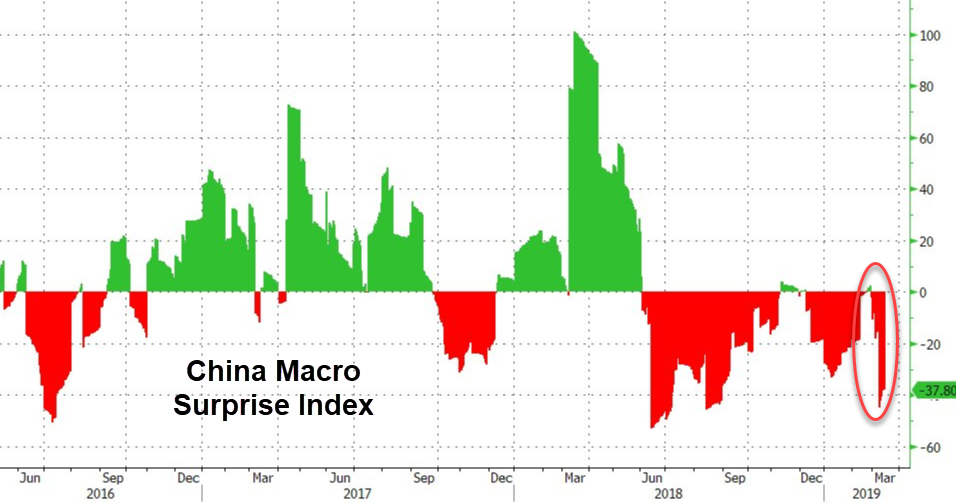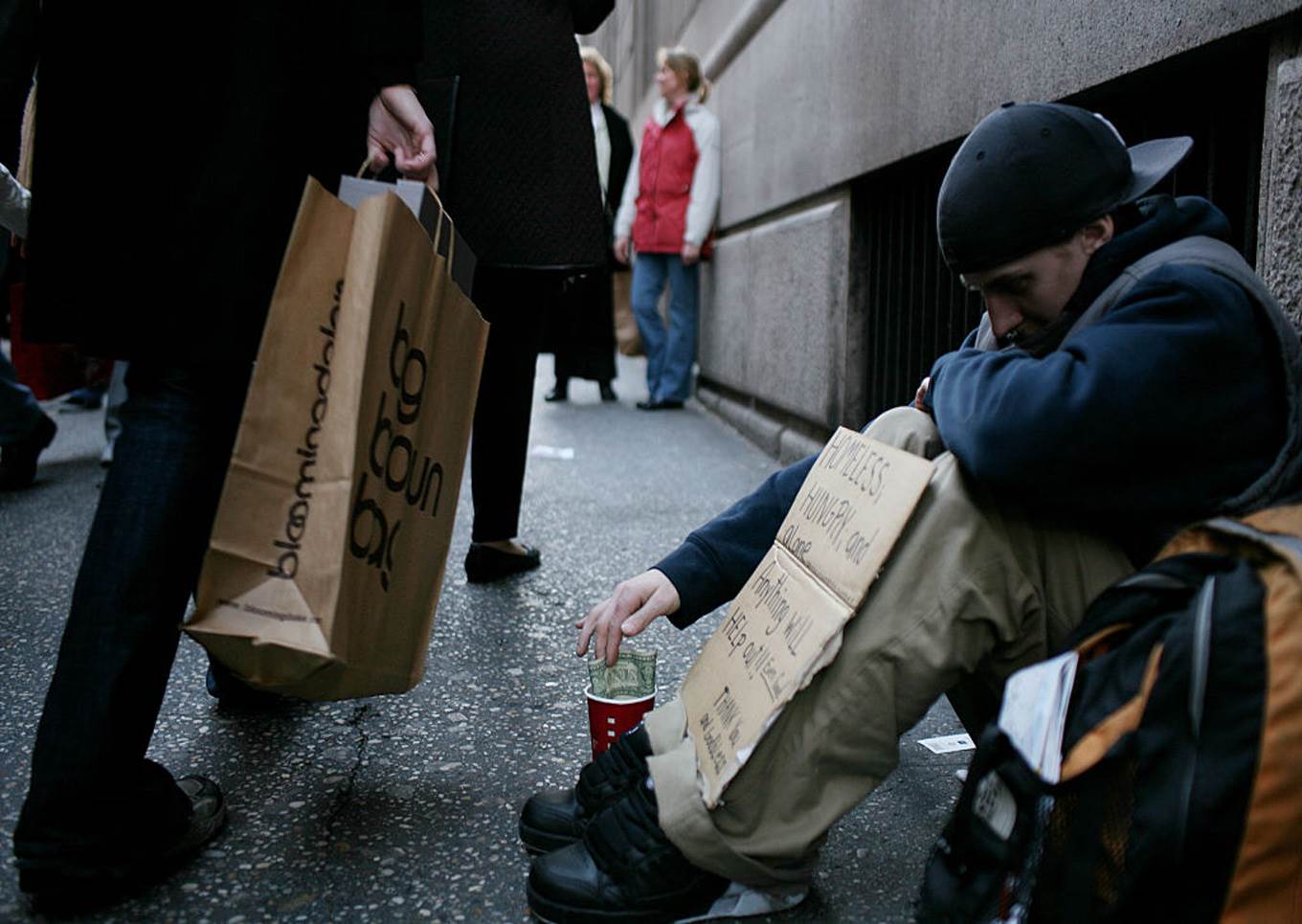Volatility Holds the Key to Markets in 2019
Over the last two weeks, after making good on the four-rate interest hike of 2018, Fed Chairman, Jerome Powell, became more dovish to start 2019.
His change in tone is worth considering because of his historical stance on reducing the amount of artificial stimulus coming from the Fed. Last week, after the required five-year holding period for Fed transcripts were up, we got a glimpse into Powell’s thoughts from 2013, before he was Chairman.
Powell tried to persuade then-Chairman, Ben Bernanke, to reduce the Fed’s stimulus, even though it would lead to greater near-term market volatility. That was when the third round of the Fed’s asset-buying program (QE3) was in full swing. The Fed was purchasing an estimated $85 billion per month mix of Treasuries and mortgage-backed securities.
To indicate that the Fed wouldn’t buy bonds forever, Bernanke floated the idea of slowing down its program, or “tapering,” at some non-defined future date.
Powell, on the other hand, believed the market needed a specific “road map” of the Fed’s intentions. He said that he wasn’t “concerned about a little bit of volatility” though he was “concerned that there may be more than that here.”
Indeed, once Bernanke publicly announced the possibility of the Fed’s bond-buying program slowing down, the market tanked, in a response that became known as a “taper tantrum.” As a result, Bernanke backed off the tapering idea.
Fear of more taper tantrums kept the Fed in check after that. The Fed ultimately waited until it had raised rates sufficiently, before starting to cut the size of its balance sheet. But now Powell is the Chairman. And it seems that he is much less comfortable with volatility than he was under Bernanke, as his most recent remarks indicate.
But it certainly wouldn’t be the first time a Fed chairman has modified his views when he was in control. Alan Greenspan, for example, was a staunch advocate of the gold standard when he was younger (and as presented in Foreign Affairs). But once he was Fed head, suddenly he thought a gold standard wasn’t such a hot idea after all. Go figure.
…click on the above link to read the rest of the article…















BEIJING – The next economic crisis is closer than you think. But what you should really worry about is what comes after: in the current social, political, and technological landscape, a prolonged economic crisis, combined with rising income inequality, could well escalate into a major global military conflict
The 2008-09 global financial crisis almost bankrupted governments and caused systemic collapse. Policymakers managed to pull the global economy back from the brink, using massive monetary stimulus, including quantitative easing and near-zero (or even negative) interest rates.
But monetary stimulus is like an adrenaline shot to jump-start an arrested heart; it can revive the patient, but it does nothing to cure the disease. Treating a sick economy requires structural reforms, which can cover everything from financial and labor markets to tax systems, fertility patterns, and education policies.1
Policymakers have utterly failed to pursue such reforms, despite promising to do so. Instead, they have remained preoccupied with politics. From Italy to Germany, forming and sustaining governments now seems to take more time than actual governing. And Greece, for example, has relied on money from international creditors to keep its head (barely) above water, rather than genuinely reforming its pension system or improving its business environment.
The lack of structural reform has meant that the unprecedented excess liquidity that central banks injected into their economies was not allocated to its most efficient uses. Instead, it raised global asset prices to levels even higher than those prevailing before 2008.
…click on the above link to read the rest of the article…